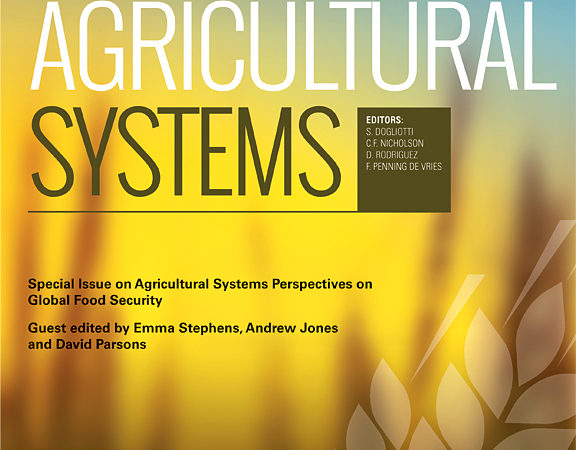
Beef cattle have been identified as the largest livestock-sector contributor to greenhouse gas (GHG) emissions. Using life cycle analysis (LCA), several studies have concluded that grass-finished beef systems have greater GHG intensities than feedlot-finished (FL) beef systems. These studies evaluated only one grazing management system – continuous grazing – and assumed steady-state soil carbon (C), to model the grass-finishing environmental impact. However, by managing for more optimal forage growth and recovery, adaptive multi-paddock (AMP) grazing can improve animal and forage productivity, potentially sequestering more soil organic carbon (SOC) than continuous grazing. To examine impacts of AMP grazing and related SOC sequestration on net GHG emissions, a comparative LCA was performed of two different beef finishing systems in the Upper Midwest, USA: AMP grazing and FL. We used on-farm data collected from the Michigan State University Lake City AgBioResearch Center for AMP grazing. Impact scope included GHG emissions from enteric methane, feed production and mineral supplement manufacture, manure, and on-farm energy use and transportation, as well as the potential C sink arising from SOC sequestration. Across-farm SOC data showed a 4-year C sequestration rate of 3.59 Mg C ha−1 yr−1 in AMP grazed pastures. After including SOC in the GHG footprint estimates, finishing emissions from the AMP system were reduced from 9.62 to −6.65 kg CO2-e kg carcass weight (CW)−1, whereas FL emissions increased slightly from 6.09 to 6.12 kg CO2-e kg CW−1 due to soil erosion. This indicates that AMP grazing has the potential to offset GHG emissions through soil C sequestration, and therefore the finishing phase could be a net C sink. However, FL production required only half as much land as AMP grazing. While the SOC sequestration rates measured here were relatively high, lower rates would still reduce the AMP emissions re- lative to the FL emissions. This research suggests that AMP grazing can contribute to climate change mitigation through SOC sequestration and challenges existing conclusions that only feedlot-intensification reduces the overall beef GHG footprint through greater productivity.








